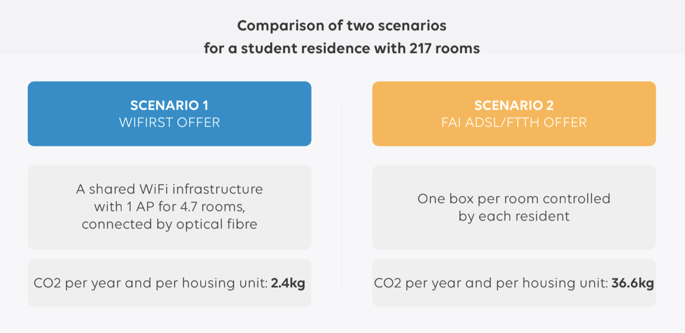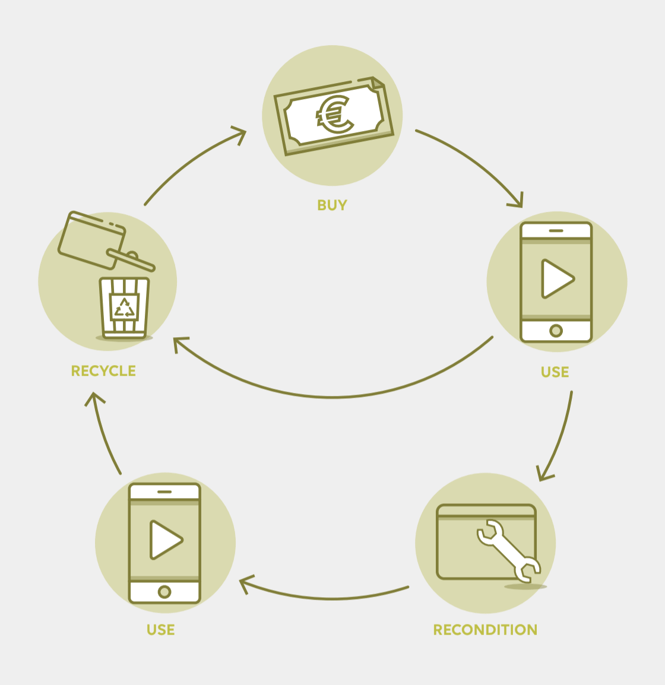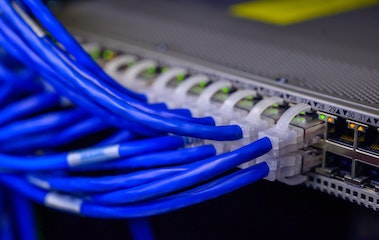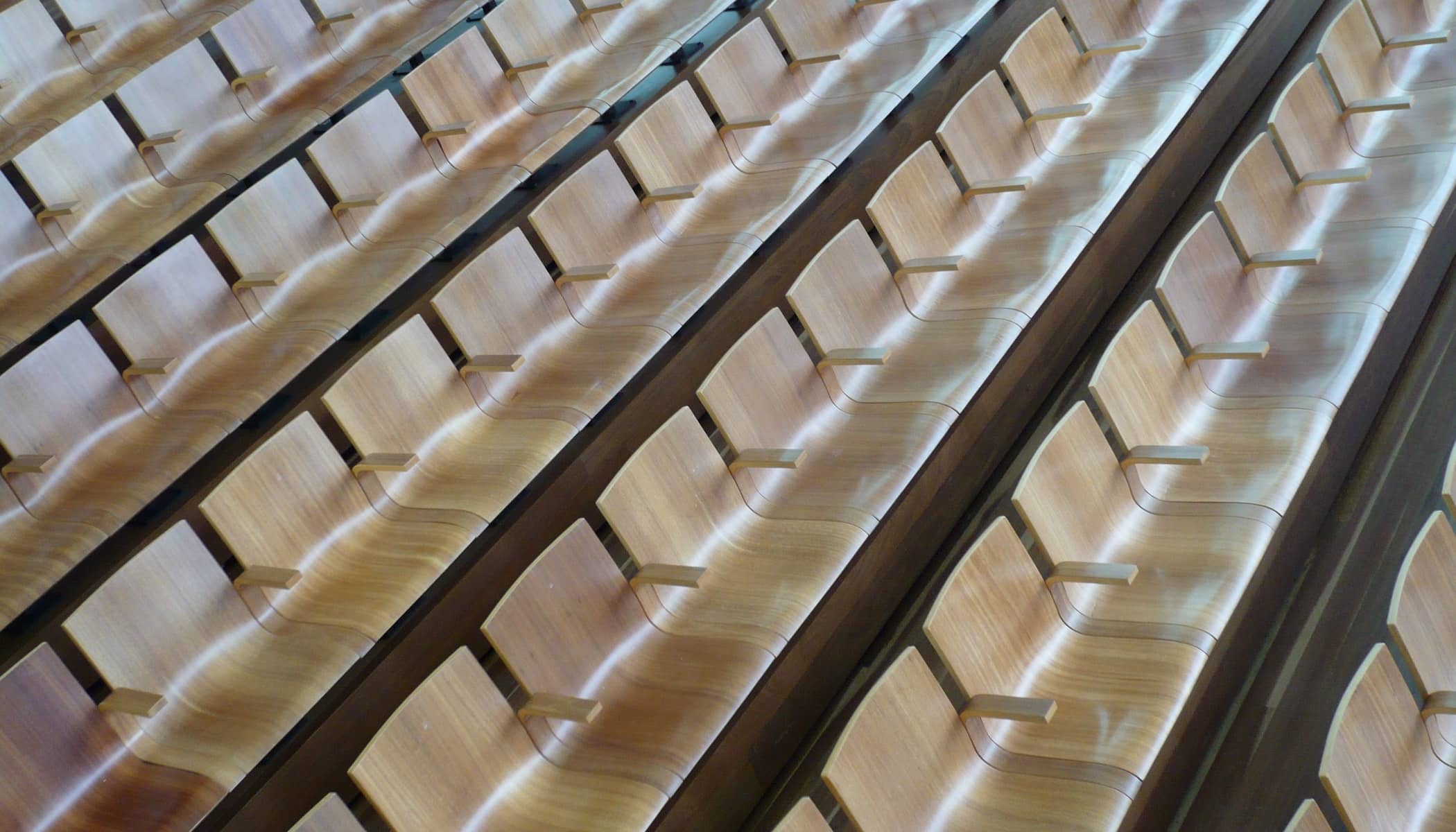A large part of the carbon footprint of a WiFi as a service solution is linked to the production and transport of network equipment (mainly WiFi terminals and switches to a lesser extent). However, various solutions exist for more sustainable management of the network, involving fewer new equipment and allowing to reconcile digital performance and ecological transition. Let's take a look at them.
First Step: Outsourcing Connectivity as a Service
Faced with the pressure to innovate driven by the increasing importance of digital technology in our society, the appropriate response is not always to race to the latest standard. At Wifirst, the key to the service we deliver lies more in the advice we give to customers (helping them plan for the long term) and in the ultra-precise design of the network.
In fact, the average lifetime of hardware on a Wifirst site is 8 years versus 4 years for our competitors. This is due to the nature of our Waas model. Wifirst owns the hardware and has a vested interest in investing in its durability to enhance the value of the more than 200,000 active devices (WiFi access points, switches, network endpoint equipment, Wifirst Boxes, etc.) operated across Europe. This involves substantial investment in the intelligence of its own information systems and in the development of software overlays for its deployment and supervision tools and its QoS technology.
This same principle of "mutualisation" can be found in the development of the solutions we offer our customers. Where some people multiply networks according to services, we build shared networks (Guest WiFi, business, IoT) optimising the number of devices, costs and, of course, their energy impact.
.png?width=672&name=converged%20managed%20LAN%20English).png)
This principle of shared, less energy-consuming WiFi architecture obviously applies to many sectors. For instance, in the residential sector, where we have been operating for almost 20 years. Behind the different types of residences that we equip, the same principles can be found: community, sharing, mutualisation and flexibility with a similar objective: to rethink the way of looking at real estate thanks to an active and serviced management of the property. The approach allows facility managers to offer their residents an integrated package (water, energy, WiFi network, access to common areas, maintenance, insurance and other services) for their private rooms or flats.
Whereas usually, an individual set-up generates 36.6 kg of CO2 per year per unit, by addressing the sole issue of internet access in individual housing, Wifirst's "as a service" approach represents only 2.4 kg of CO2 per year per unit, supplying digital services to residents and optimising the infrastructure both in terms of the collective experience and building management.

The key step: choosing the right partner
As you can see, switching to a more responsible digital environment does not mean giving up on innovative services. It means choosing the right partner, capable of advising you on existing solutions according to your needs and able to evaluate and optimise the energy consumption of its equipment.
For example, at Wifirst, we evaluate the energy expenditure of deployed equipment in order to reduce the impact on our customer base (which includes more than 200,000 multi-standard and multi-vendor supervised active devices). Energy savings have already been achieved through the following actions, introduced in 2016:
- Change of proprietary network controllers. Result: reduction from 250 Watts to 30 Watts per server
- Use of less energy-consuming WiFi terminals. Result: from 13 Watts to 5 Watts/unit.
- Virtualisation of the Natbox equipment, whose functionalities were embedded in the Wifirst box, in order to limit the hardware deployed and the energy consumption.
We have also established circular management of our equipment by reconditioning it as soon as it can be re-used. We have thousands of WiFi 4 and WiFi 5 terminals in stock, reconditioned and 100% operational. Obsolete equipment is recycled in local waste collection centres to recover materials and reduce the carbon impact of travel.

It is through this circular economy that we are able to offer eco-responsible WiFi packages to customers who share our commitment to reducing the carbon footprint, and at the same time want to benefit from slightly cheaper packages.
Step three: Switch to refurbished WiFi, a strong gesture that reduces costs without compromising on quality
When Wifirst deploys or redeploys a network at a customer's site, the teams install new equipment to deploy WiFi 6. We thus dismantle active equipment (terminals and switches) that are fully functional and that we propose to reinject into production through an eco-responsible offer. This type of sustainable WiFi will satisfy bandwidth needs while limiting the ecological impact of the network infrastructure, its added value residing in the know-how and the software layer built by our R&D teams.
For example, for most hotels, WiFi 4 (up to 600Mbps per terminal) and WiFi 5 (5.3 Gbps theoretical) are perfectly suitable. When we analyse the WiFi satisfaction ratings on booking, we realise that some of the WiFi 4 hotels we equip are at the top of the rankings!
An example of this can be seen in London coliving player, Gravity Coliving, who picked Wifirst as their technology partners at the height of the pandemic. With a business model that revolves around community and growth, without blindsighting sustainability, Gravity wanted a network that would keep up with network demands and could be flexible to growing changes in technology.

Our flexible business model allowed Gravity to opt for a sustainable option during the deployment phase, by choosing to reuse its existing cabling infrastructure which still had lots of usage in it. This decision not only avoided waste, but it also helped the project deployment phase to go along smoothly and quickly.
"With our member base being a combination of young professionals, entrepreneurs and students, a high quality, secure, WiFi is expected at a minimum. With Wifirst, not only have they provided this, their continued management and support is priceless! It has freed up the team and I to concentrate on creating a unique culture and community, knowing all our WiFi needs are in safe hands." Robert Birch, Gravity’s Head of Operations
- Wifi (36)
- Hotel Industry (18)
- Digital Workplace (13)
- Behind the scenes (8)
- IPTV - Signage (8)
- Optical fibre (7)
- Green-IT (5)
- Retail (5)
- Education (3)
- Healthcare (2)
- Cybersecurity (1)
- General (1)
- Hospitality (1)
- PBSA (1)
- Student Accommodation (1)
- Telephony (1)
- Tips and tricks (1)
- Tourism (1)
- Wifirst (1)
You May Also Like
These Related Stories

Enhancing Business Efficiency Through IT Network Outsourcing

Optimizing WiFi for Seminars: Ensuring Quality and Security
